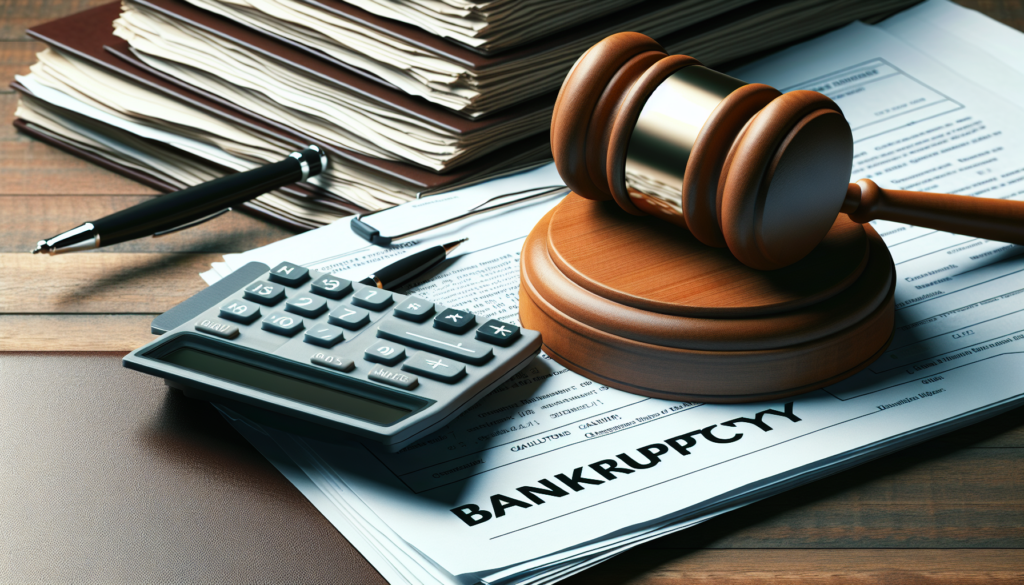In the whirlwind of financial distress, where creditor actions threaten your peace and stability, an emergency bankruptcy filing can serve as a critical lifeline. This swift legal maneuver is designed to provide immediate protection from creditors, stopping all collection activities, including lawsuits, foreclosures, and wage garnishments. If you find yourself in a dire financial situation, understanding how to navigate the process of an emergency bankruptcy filing is essential. This article aims to guide individuals through the urgent steps of filing for bankruptcy, ensuring a timely and effective response to financial crises.
What is an Emergency Bankruptcy Filing?
An emergency bankruptcy filing, also known as a skeleton bankruptcy filing, allows individuals to quickly file for bankruptcy protection with minimal paperwork initially required. This expedited process is crucial for those facing immediate financial threats, such as the foreclosure of a home, repossession of a vehicle, or other legal actions by creditors. By filing the essential documents, debtors can immediately benefit from the automatic stay that halts most collection efforts by creditors, providing a much-needed respite to reorganize finances.
The Process of Emergency Bankruptcy Filing
- Consult with a Bankruptcy Attorney: Given the urgency and complexity of an emergency bankruptcy filing, consulting with a knowledgeable bankruptcy attorney is a critical first step. An attorney can help you understand your options, guide you through the process, and ensure that your filing meets all legal requirements.
- Gather Necessary Documentation: Although an emergency filing requires minimal initial paperwork, you will need to provide essential information, including your name, address, and a list of creditors. Your attorney can specify which documents are required to initiate the filing.
- Complete the Bankruptcy Petition: The cornerstone of an emergency bankruptcy filing is the bankruptcy petition itself. This document must be accurately completed and submitted to the bankruptcy court. Filing the petition triggers the automatic stay, offering immediate protection from creditors.
- Fulfill Additional Requirements: After the initial filing, debtors typically have 14 days to submit the remaining bankruptcy forms and documentation, including financial statements and a detailed list of creditors. Failure to provide the complete paperwork within the deadline can result in the dismissal of your case.
- Attend the Creditors’ Meeting: As part of the bankruptcy process, you will be required to attend a meeting of creditors, where you must answer questions about your financial situation and bankruptcy paperwork. Your attorney will prepare you for this meeting and can provide representation.
The Importance of Timeliness
The effectiveness of an emergency bankruptcy filing hinges on timeliness. When facing imminent financial actions by creditors, delaying the decision to file can result in significant losses and additional stress. By acting swiftly, you can secure the protections of the automatic stay, giving you the breathing room needed to work towards a more stable financial future.
An emergency bankruptcy filing is a powerful tool for individuals in urgent need of financial relief. It provides an immediate safeguard against aggressive creditor actions, allowing debtors to pause, plan, and proceed with a more structured approach to resolving their financial issues. If you’re facing a financial emergency, consulting with a bankruptcy attorney to explore this option can be a crucial step towards regaining financial stability. Remember, in the realm of financial distress, informed and timely actions can make all the difference.


Get a Free Bankruptcy Case Evaluation